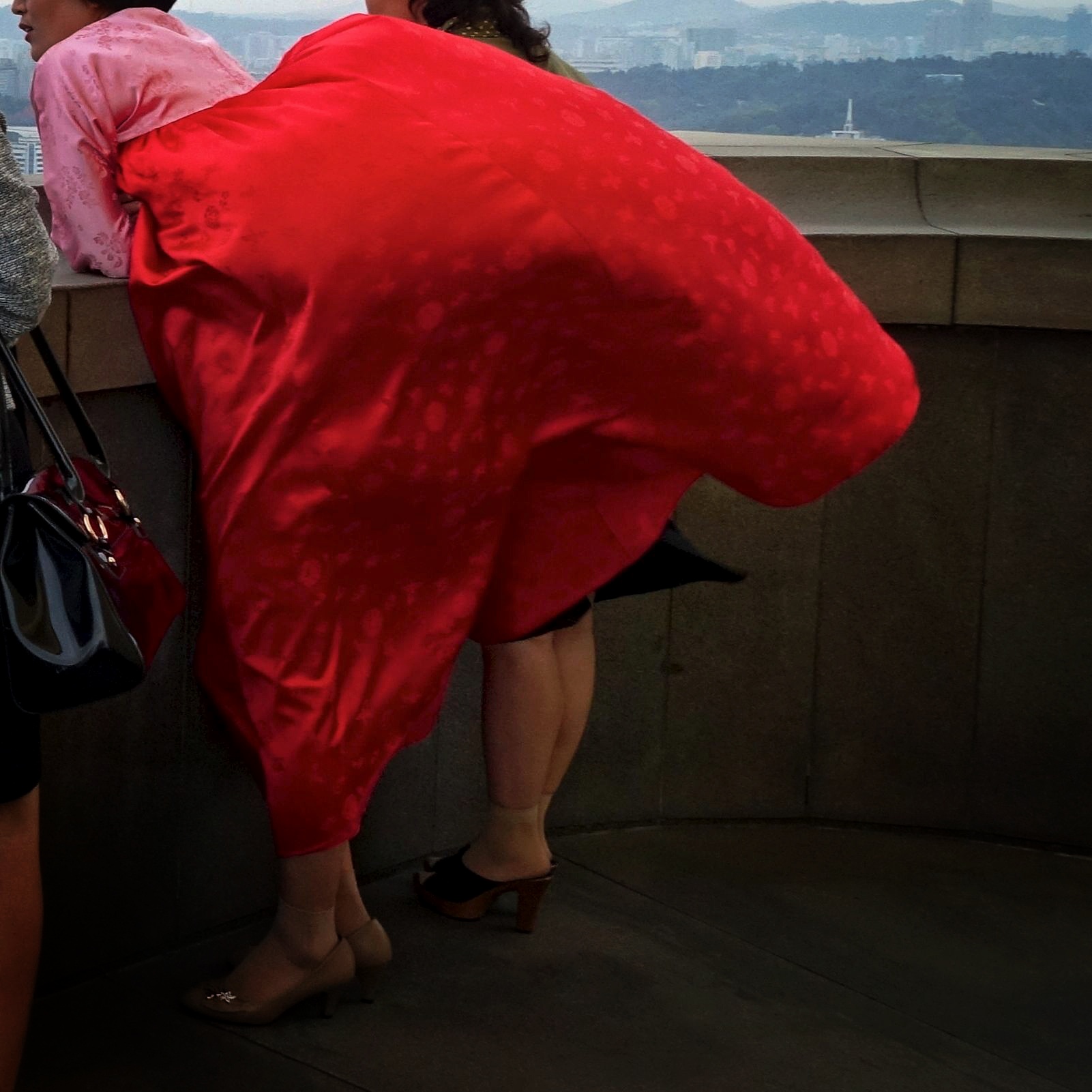
“My motive has always been to open a window on North Korea,” says David Guttenfelder. “There are so few images coming out of there, and yet there’s so much interest.”
A former chief photographer at Associated Press, Guttenfelder helped open the agency’s first bureau in the Democratic People’s Republic of Korea (DPRK) in January 2012. Now, after he resigned from AP to continue his career as a freelance photographer and one of National Geographic’s Photography Fellows, he’s not turning his back on the reclusive country. In September 2014, he quietly launched the Everyday DPRK Instagram account, which features pictures by North Korean residents and photographers.
“We launched Everyday DPRK because a number of photographers who have access to the country are using Instagram,” says Guttenfelder, “but most of them were not getting attention on their own.”
Six photographers, including Guttenfelder, are currently posting on the Everyday DPRK account — @drewkelly, @sunbimari, @andrea_uri, @simonkoryo, @soominee. “None of them are professional photographers,” Guttenfelder recently told Lightbox. “Some of them are avid Instagrammers. We have a university teacher, Drew Kelly. He was one of the first Instagram users in North Korea and had been quietly posting pictures of his life and the students he teaches. He offers an interesting view of the country and has a very thoughtful approach.”
Kelly first visited Pyongyang in June 2012, and he usually spends three to four months a year in the country. “I had come right out of graduate school and learned of an opportunity to teach at a university here in the capital,” he says. “I wanted to do something different, not sit around in the U.S. hoping the ‘right’ job would come along.”
When he’s not teaching English, Kelly is using Instagram to offer an “expat point-of-view” on North Korea and to show that “there are real people living, working and striving for a better life with the cards dealt to them,” he says.
Andrea Lee, another contributor to the Everyday DPRK feed, first visited North Korea in 2003. “I was part of a Korean-American delegation of women seeking peace and reconciliation in the Korean peninsula,” says Lee. “As an ethnic Korean having grown up in South and North America, returning to Korea generally is always a soul-searching experience for me. What I found in North Korea, looking beyond politics, was raw beauty, untouched landscapes and sincere, genuine people. The country has kept me intrigued ever since.”
Lee, now the founder of a travel company that organizes trips to North Korea, welcomed the government’s decision in January 2013 to introduce a mobile 3G Sim Card for foreign visitors. This allowed for the real-time upload of images, but also access to Facebook, Foursquare and, of course, Instagram. “Earlier this year, I was uploading photos when American wrestler Bob Sapp engaged a crowd of North Koreans on the street with arm wrestling, and when Dennis Rodman made his last visit to Pyongyang,” she says. “Through Instagram, even non-journalists can contribute to the public discussion surrounding North Korea in a more meaningful and personal way.”
Lee hopes the feed will help the world see the “humanity that exists in North Korea,” she says. It’s a sentiment Guttenfelder shares. “We want to provide a real and honest view of the country,” he says.
In curating the Everyday DPRK feed, Guttenfelder regularly asks his colleagues to send him images, which he then carefully selects before sharing on Instagram (for other Everyday feeds, all participants are able to upload their images directly to Instagram). “I wanted, at least at the beginning, to sequence the pictures,” the former AP Chief Photographer says. “North Korea is a complicated place to work from, and I wanted to help these photographers. Even though they are not professional photographers, their instinct is the same: they want to tell their stories, they want to show what’s happening there. They know there’s a strong interest, and they want to open the window on this place, just like I was always trying to do myself.”
“What better place” he asks, “to test the power of Instagram, or photography in general, than in North Korea, where there’s little independent photographic coverage?”
Follow Everyday DPRK on Instagram @EverydayDPRK.
Mikko Takkunen, who edited this photo essay, is an Associate Photo Editor at TIME. Follow him on Twitter @photojournalism.
Olivier Laurent is the editor of TIME LightBox. Follow him on Twitter and Instagram @olivierclaurent
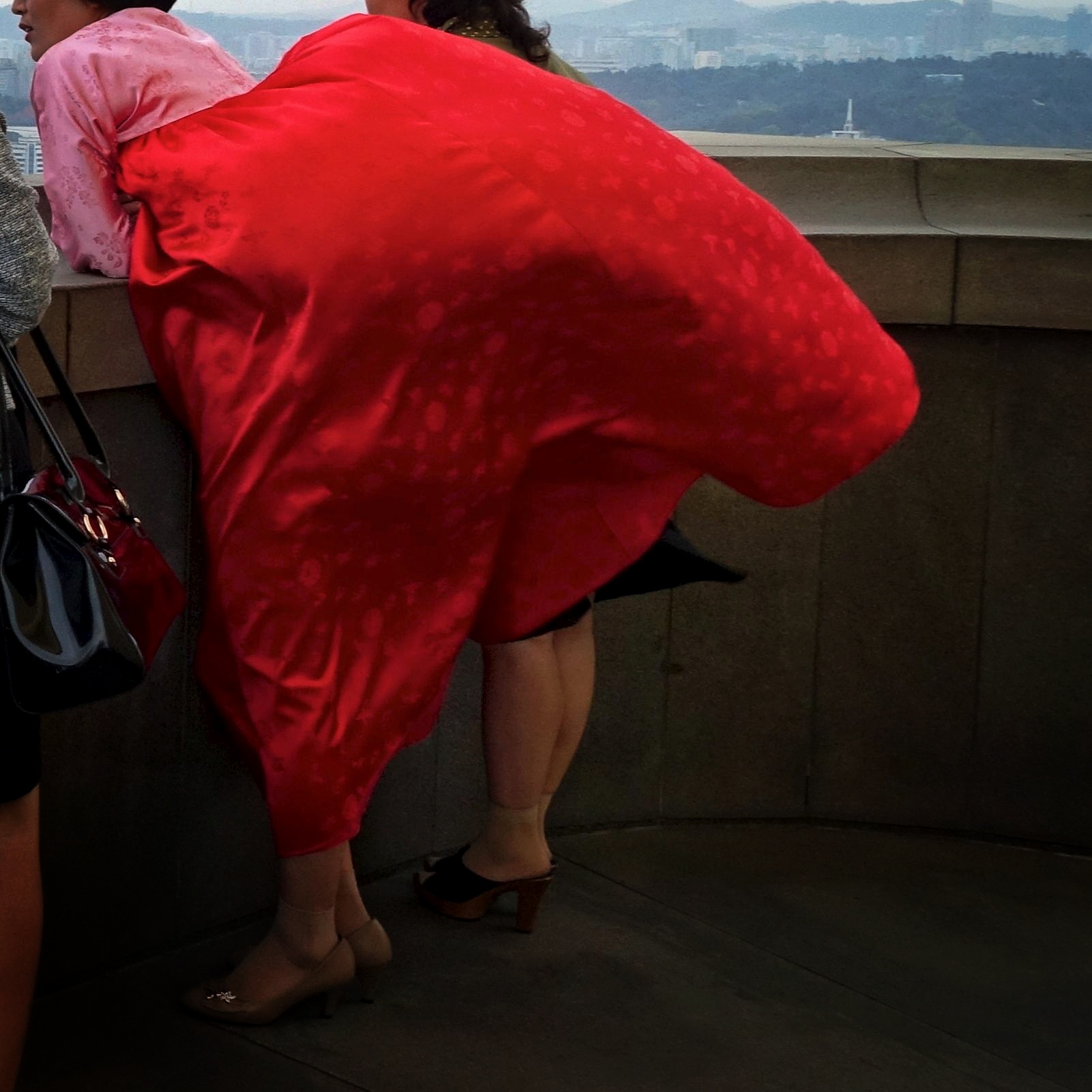
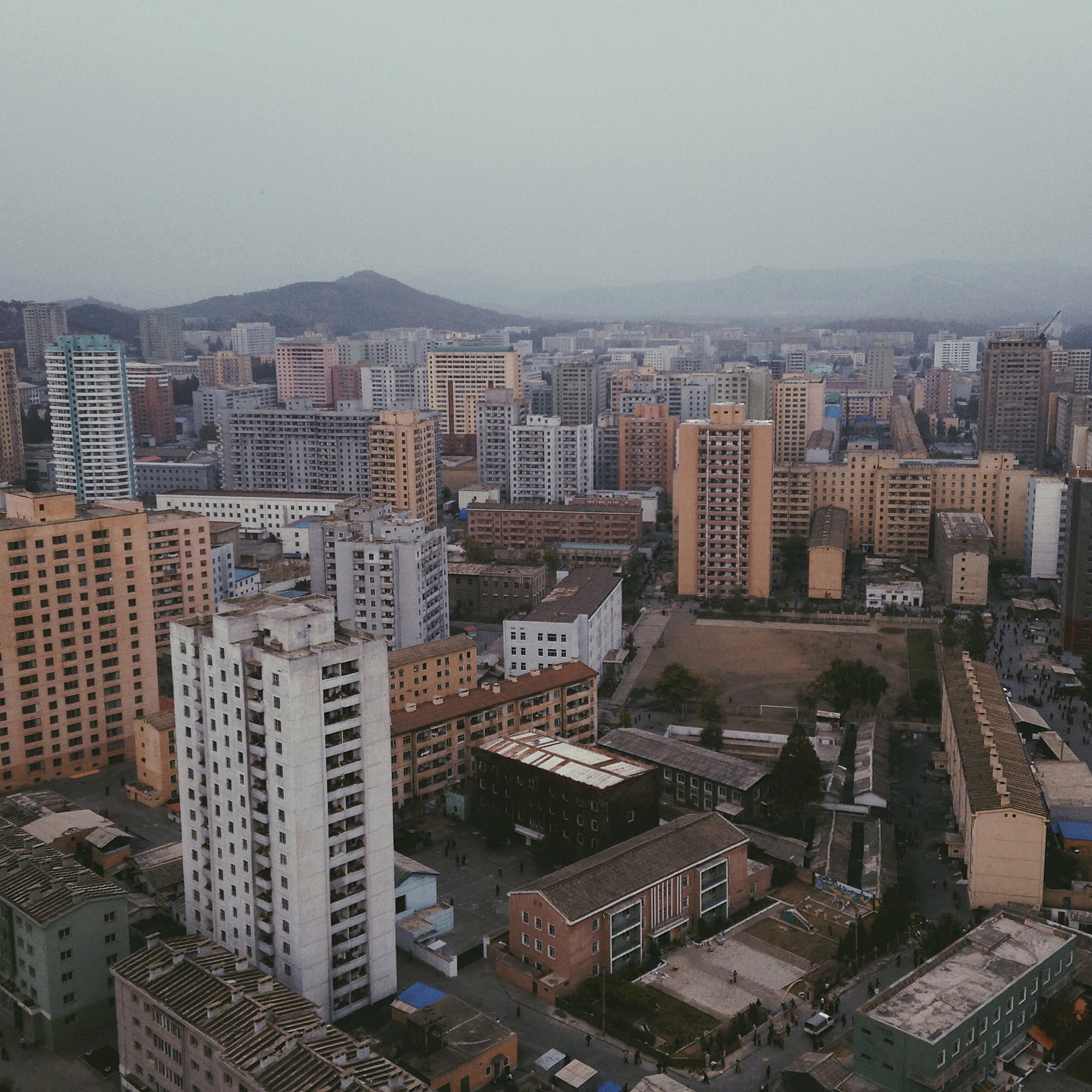
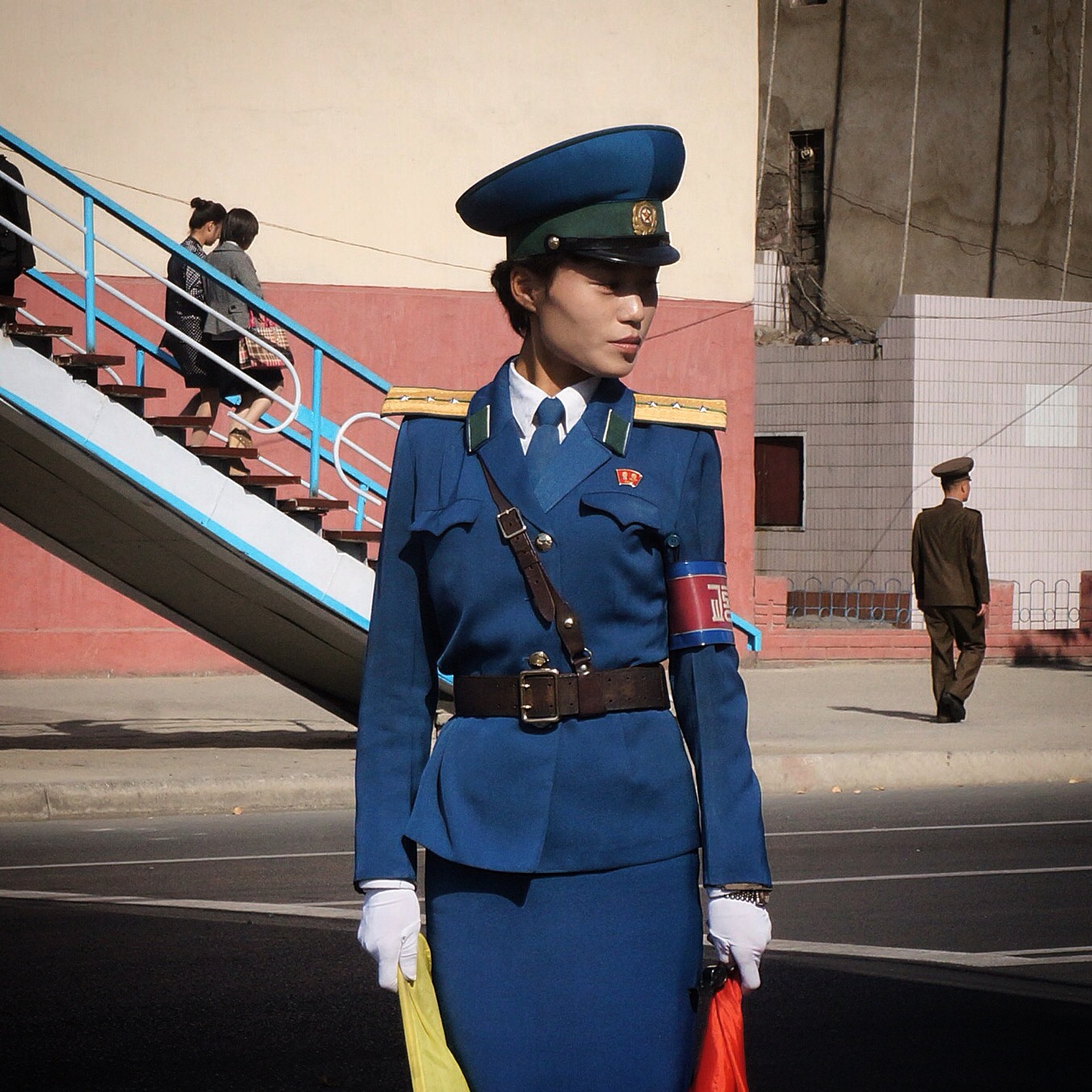


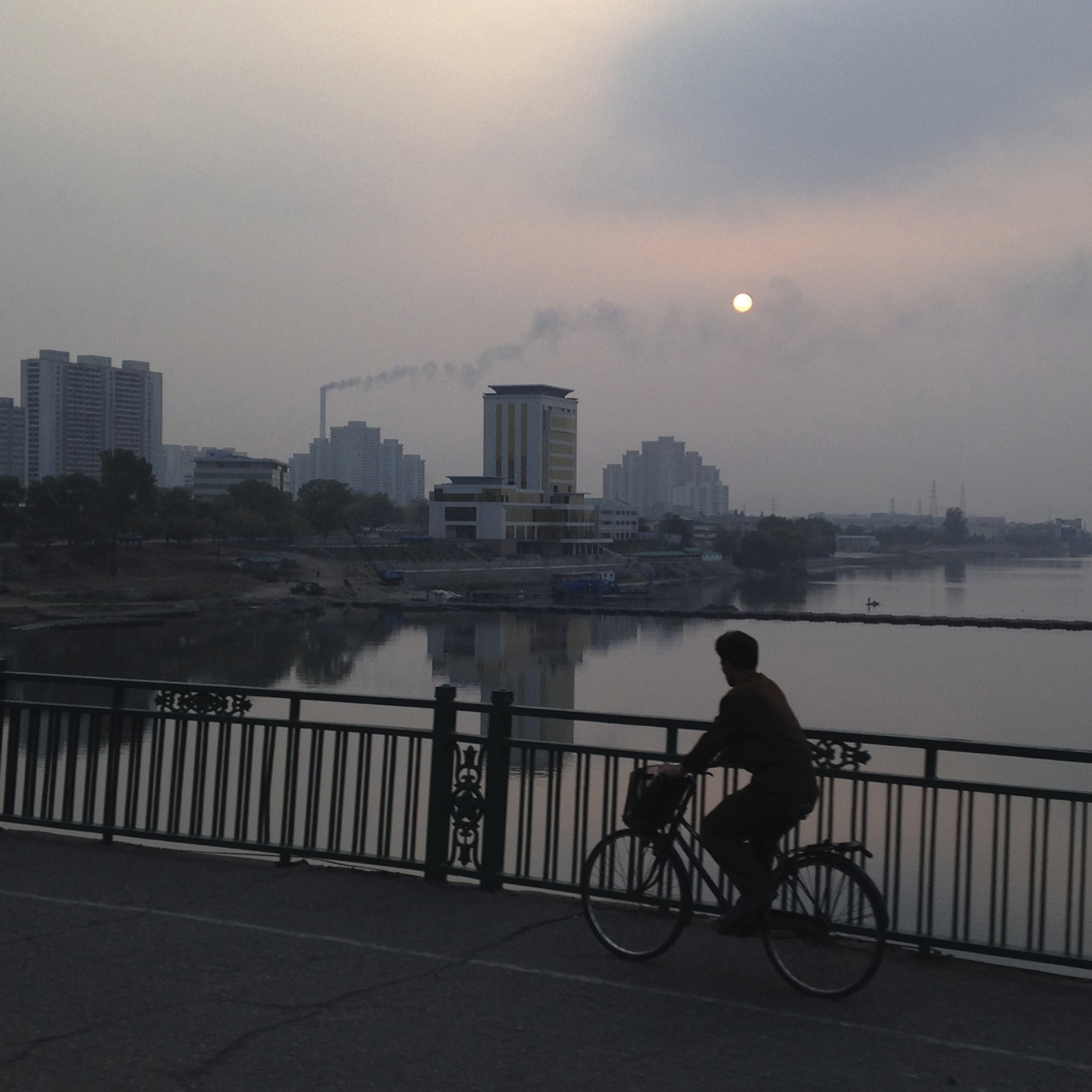
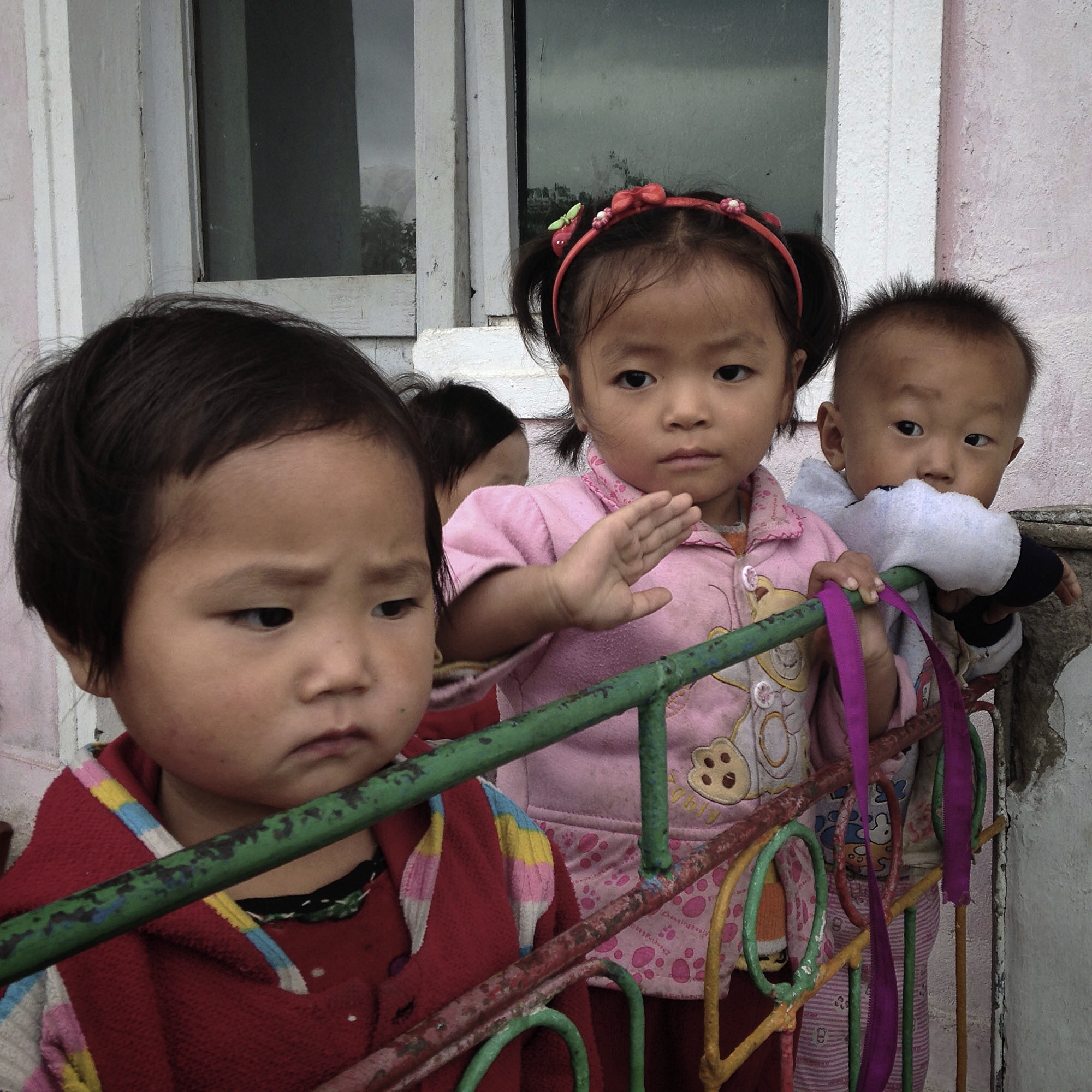


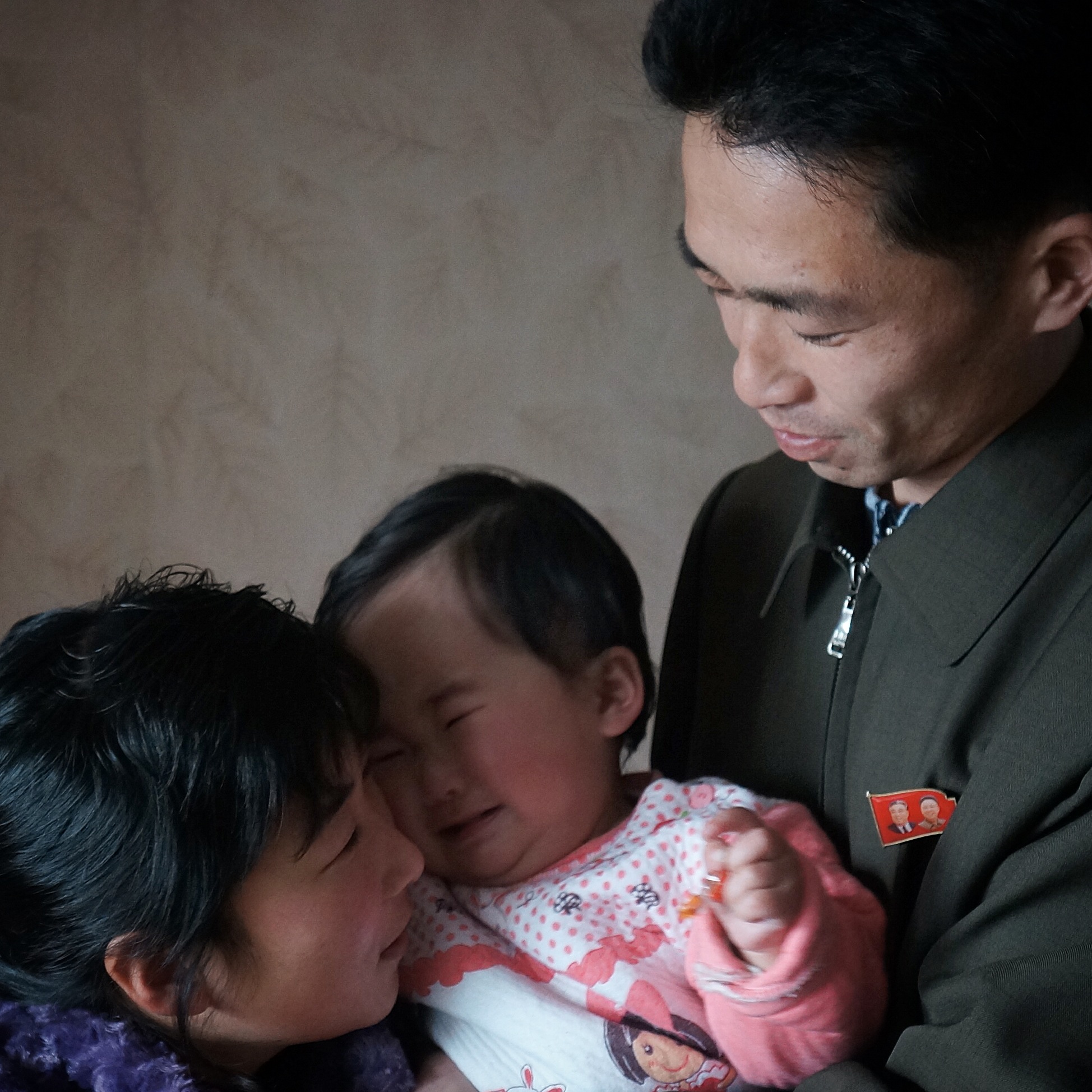


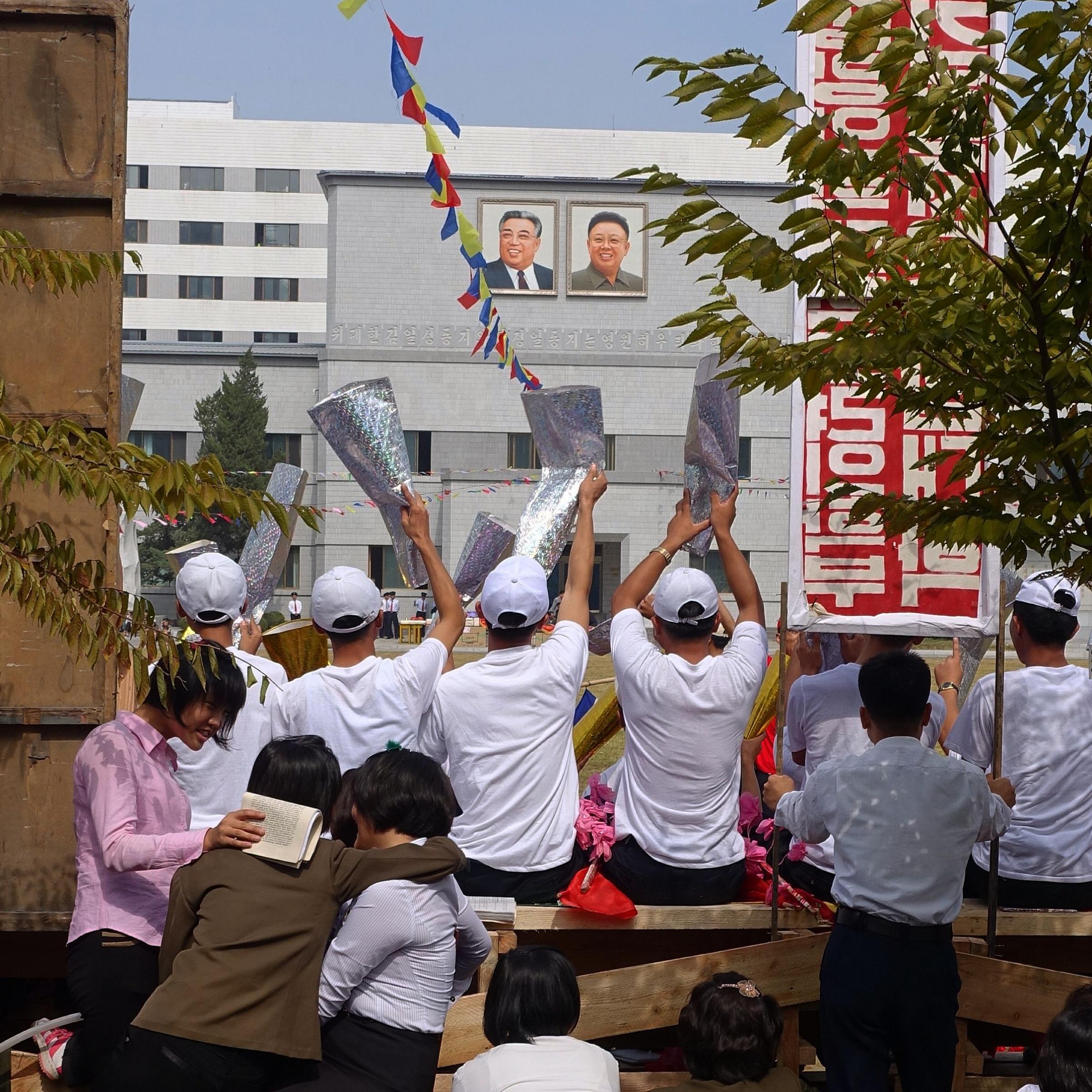
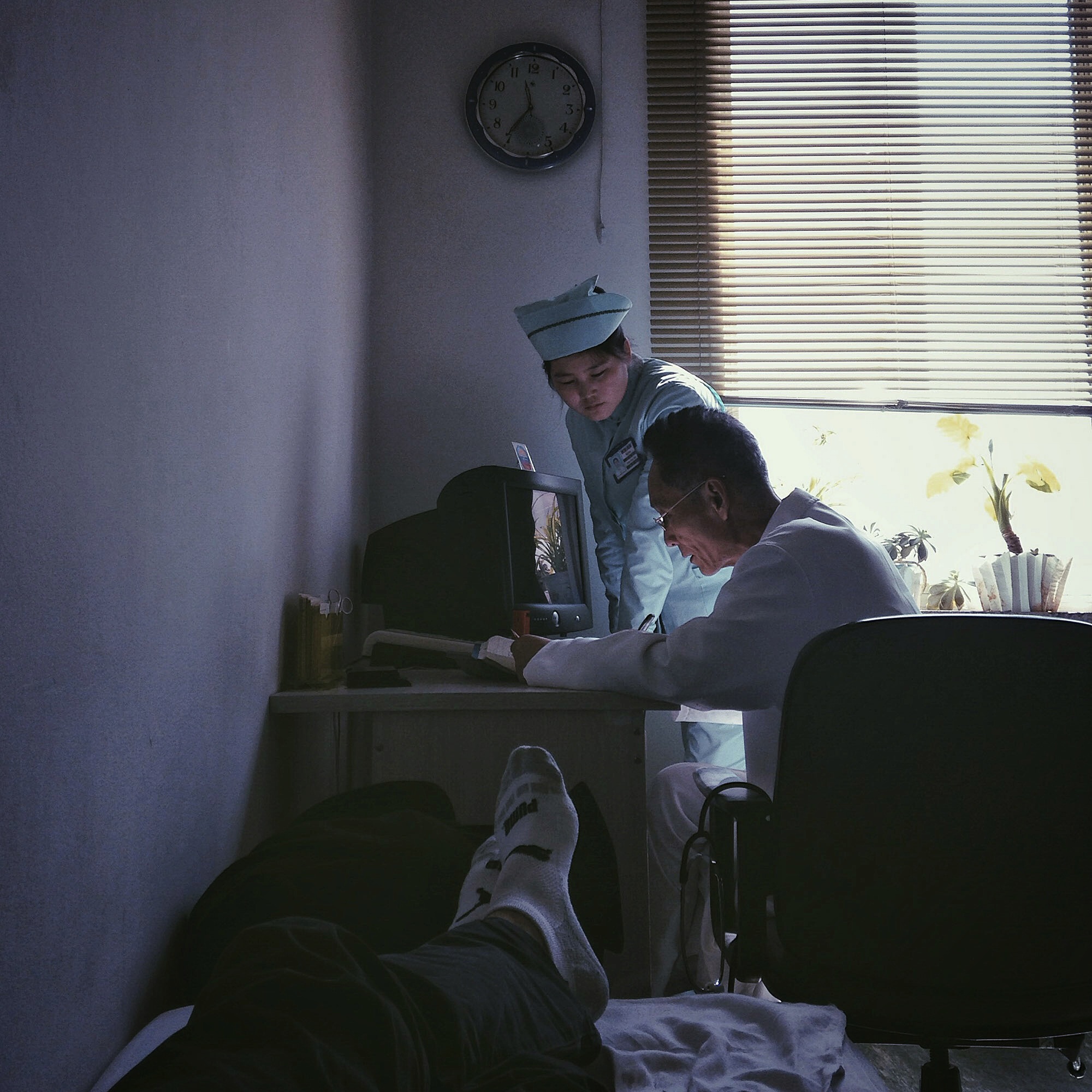
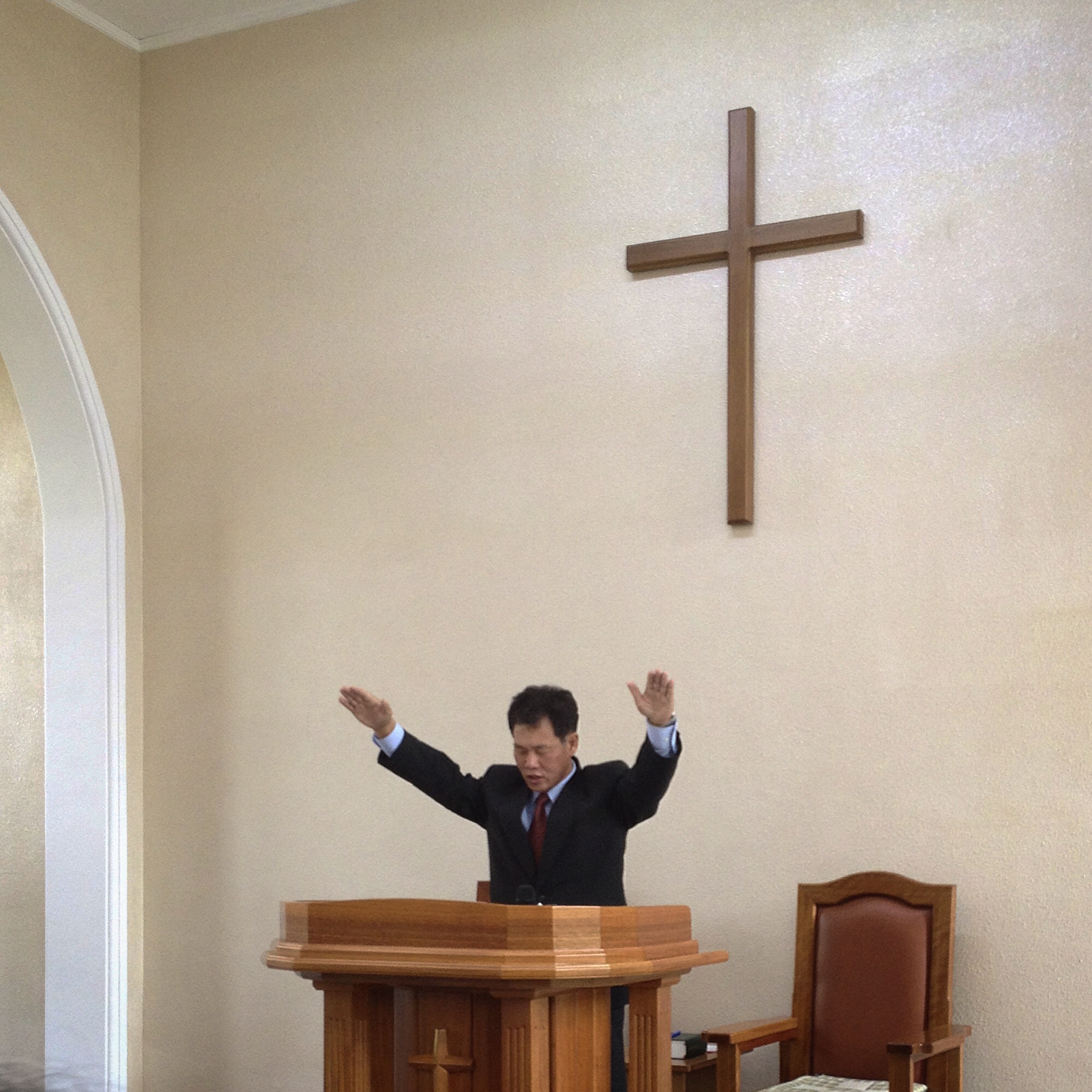

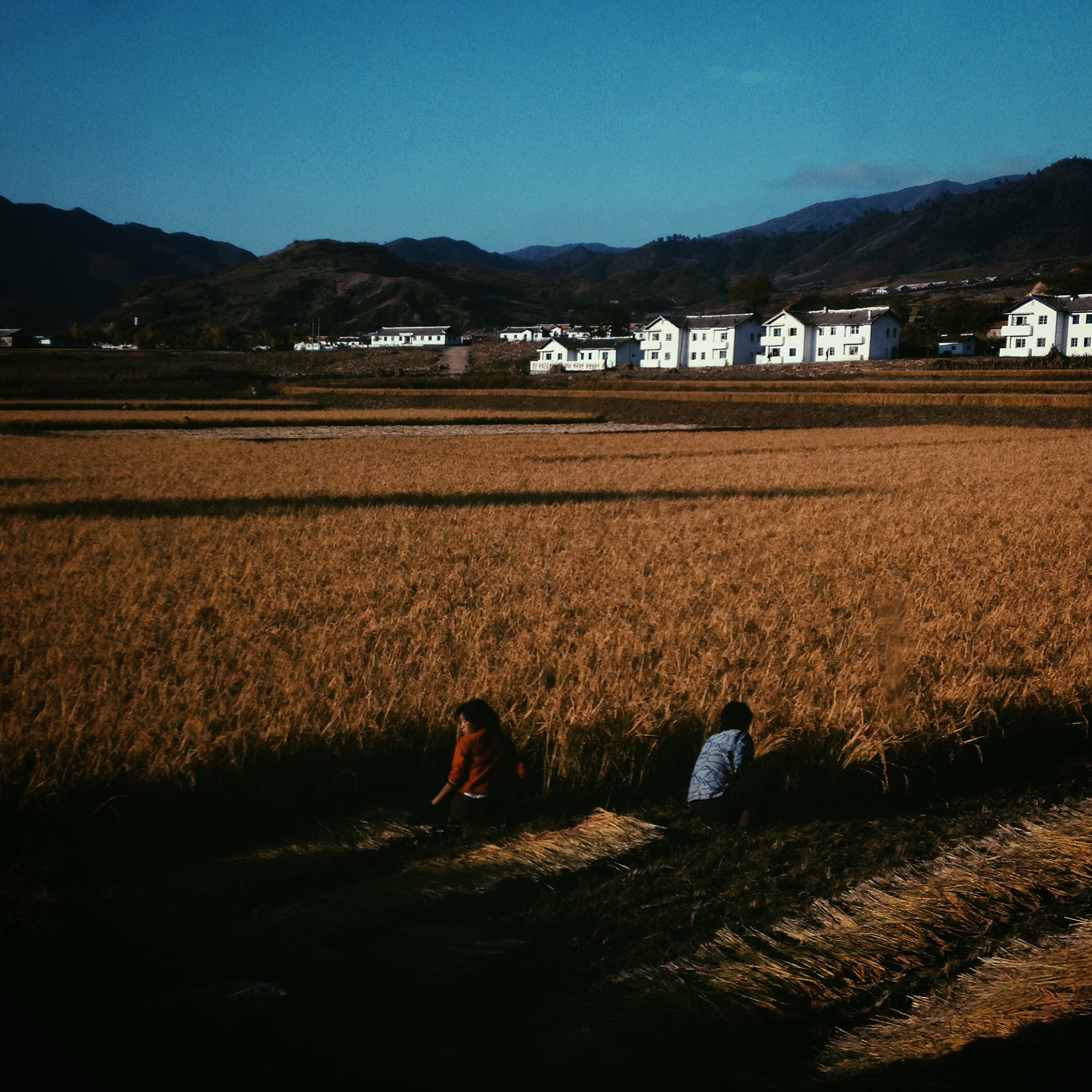
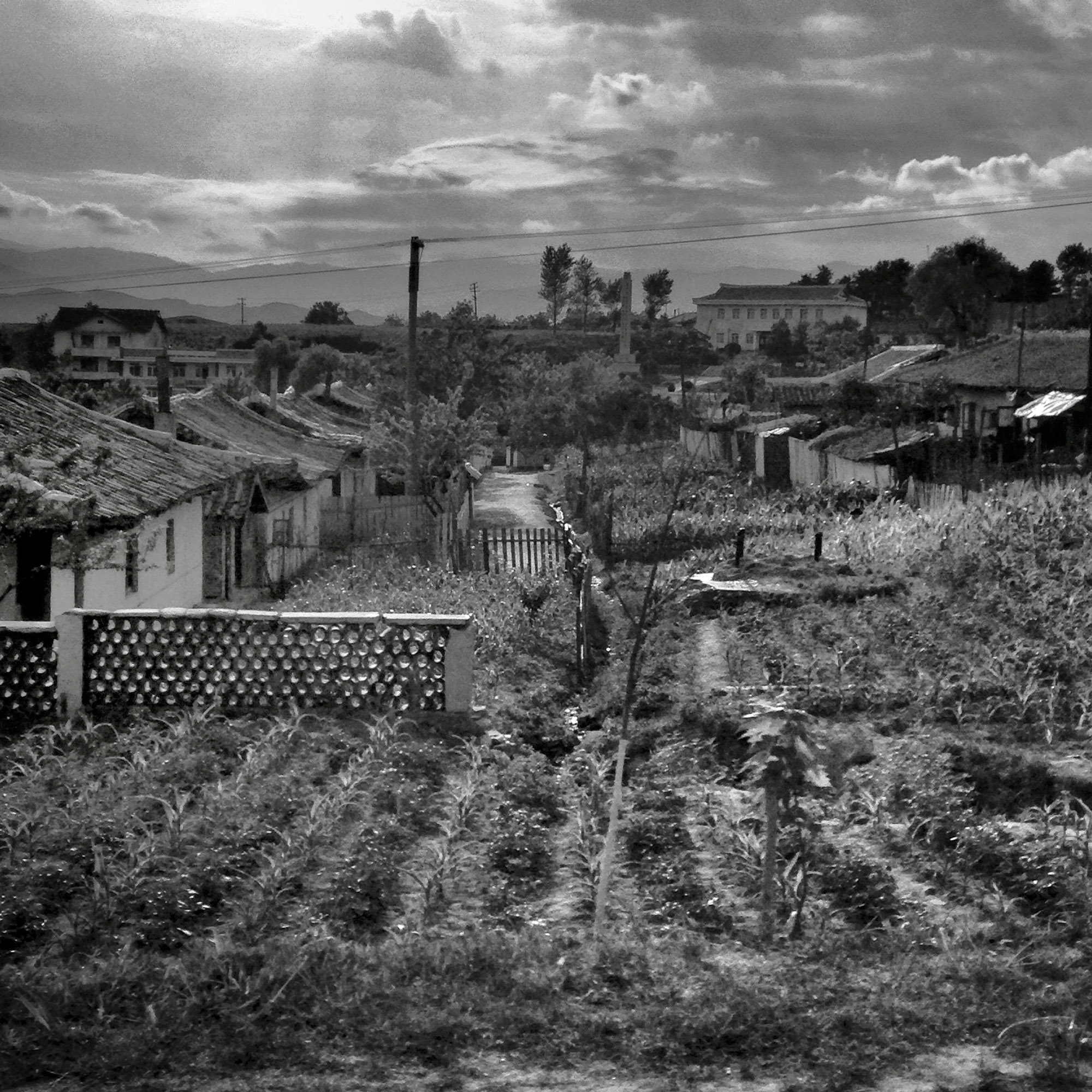

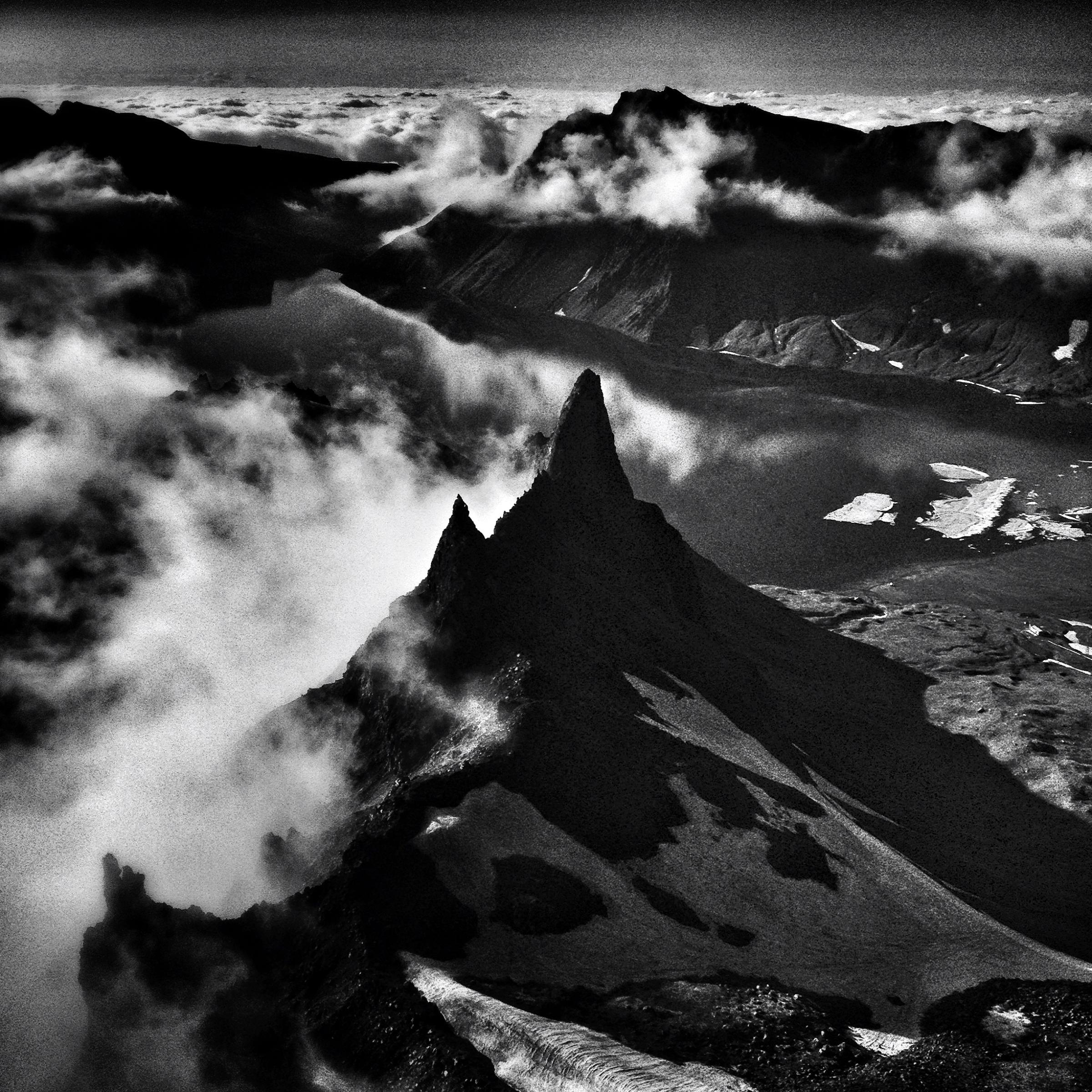
More Must-Reads from TIME
- Donald Trump Is TIME's 2024 Person of the Year
- Why We Chose Trump as Person of the Year
- Is Intermittent Fasting Good or Bad for You?
- The 100 Must-Read Books of 2024
- The 20 Best Christmas TV Episodes
- Column: If Optimism Feels Ridiculous Now, Try Hope
- The Future of Climate Action Is Trade Policy
- Merle Bombardieri Is Helping People Make the Baby Decision
Contact us at letters@time.com